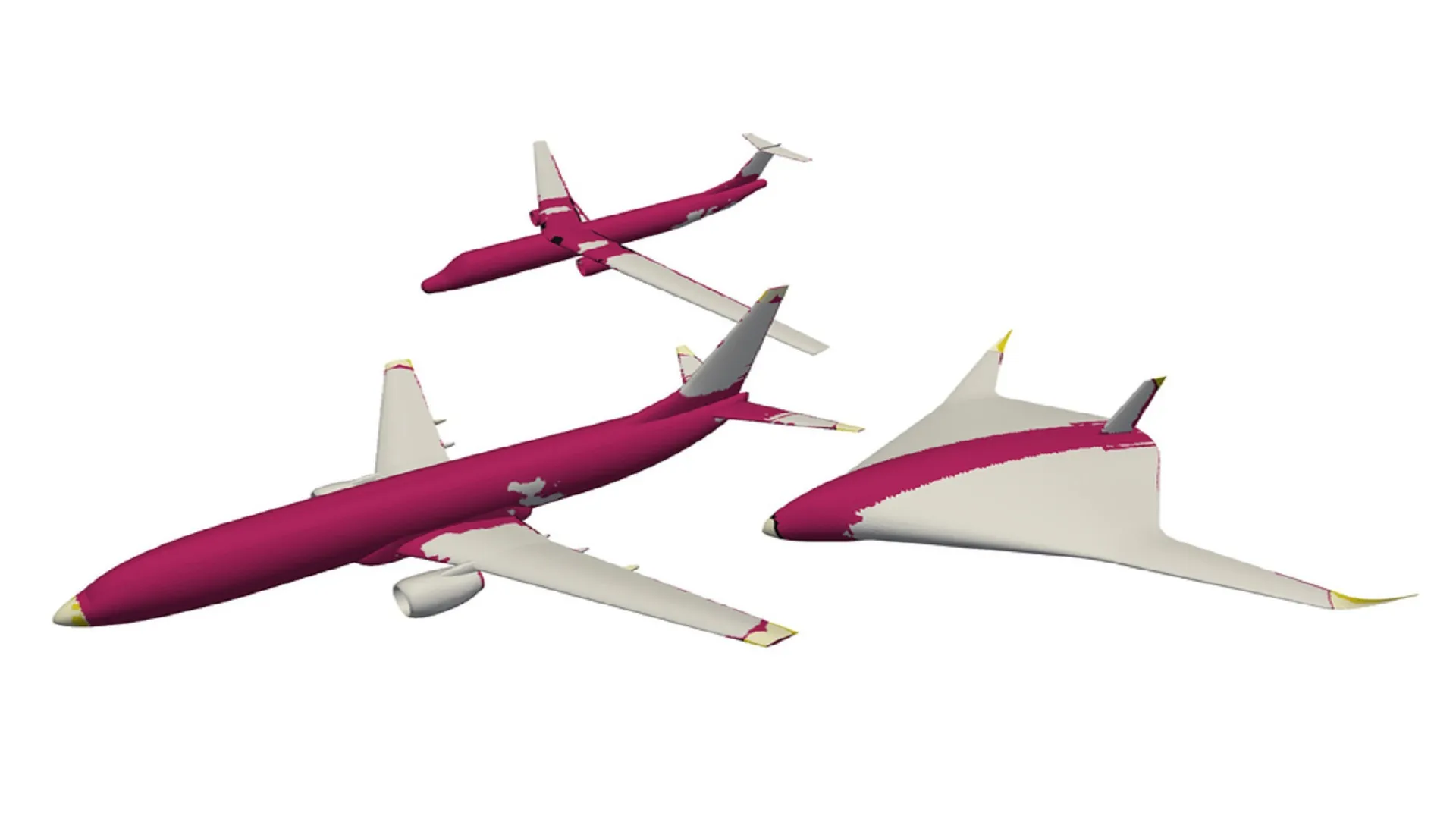Copyright Interesting Engineering

Researchers at the Massachusetts Institute of Technology (MIT) have made a new physics-based tool that can predict how lightning interacts with different airplane designs to help engineers better protect future aircraft. The novel tool generates zoning maps that highlight which parts of an aircraft need different levels of lightning protection based on how they are likely to be struck. Partially funded by the Boeing Company, one of the largest aerospace companies in the world, the project aims to help future aircraft designs integrate lightning protection systems more efficiently from the start of the engineering process. “People are starting to conceive aircraft that look very different from what we’re used to, and we can’t apply exactly what we know from historical data to these new configurations because they’re just too different,” Carmen Guerra-Garcia, PhD, associate professor of aeronautics and astronautics (AeroAstro) at MIT, said. Smarter protection systems More than 70 airplanes are struck by lightning every day, and passengers rarely notice. This is because modern aircraft are built to handle electrical strikes, and safely direct millions of volts away from passengers and equipment. But as the aerospace industry moves toward experimental designs, among which lightweight composites, truss-braced wings and blended-body aircraft, to reduce fuel and weight costs, traditional protection methods may no longer fit. “Physics-based methods are universal. They’re agnostic to the type of geometry or vehicle,” Guerra-Garcia stated. “This is the path forward to be able to do this lightning zoning and protect future aircraft.” To tackle the challenge, the researchers developed a simulation framework that combines computational fluid dynamics and electrostatics in order to model how lightning attaches to, moves across and exits an aircraft. Each simulation tracks thousands of potential lightning arcs. It then predicts how they might sweep across the plane’s surface depending on airspeed, altitude and geometry. The project delivered a color-coded map zoning map showing which regions would would face the most intense current and require heavier shielding. Engineers divide conventional aircraft into three main lightning zones. Each of them has a clear description of the level of current it must withstand. These are based on decades of real-world observations from standard tube-and-wing designs. Now, the new approach derives zoning directly from physical principles, rather than historical flight data. This makes it adaptable to new and unconventional airframes that have yet to fly. Predicting lightning strikes “Protecting aircraft from lightning is heavy,” Nathanael Jenkins, an AeroAstro graduate student and the study’s first author, elaborated. “Embedding copper mesh or foil throughout an aircraft is an added weight penalty.” Jenkins explained that giving every part of the plane the highest level of lightning protection would make it too heavy. “So zoning is about trying to optimize the weight of the system while also having it be as safe as possible,” he continued. To test the accuracy of their approach, the engineers compared the physics-based zoning maps with existing lightning protection data for conventional aircraft. They found they closely aligned and confirmed the model’s reliability. The research team’s next step is to apply the tool to futuristic designs. These include truss-braced wings and blended-wing bodies, where airflow and geometry behave very differently. They also believe the model could benefit other technologies that face lightning threats, including wind turbines. Offshore turbines, which are taller and more exposed, already lose up to 60 percent of blades to lightning damage. Adapting the model to such systems could help improve their reliability and longevity. “They have many of the same challenges of a flowing gas environment,” Guerra-Garcia concluded in a press release. “It’s more complex, and we will apply this same sort of methodology to this space.” The study has been published in the journal IEEE Access.



